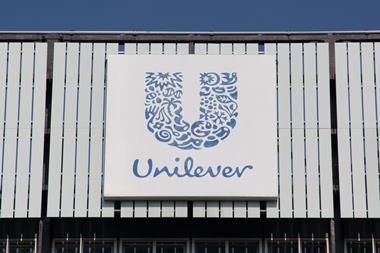There are many retail opportunities - but significant problems - in the rapidly expanding Chinese market
This week the Chinese Ministry of Commerce announced that retail sales during the May Day holidays hit 320 billion yuan, or £21bn - up an explosive 15.5% on the same period last year.
It seems there has never been a better time for expansion into China for retailers. However, with these opportunities come as many challenges. Seizing the enormous opportunity that China presents to retailers will not only require an appropriate strategy but also faultless execution, perseverance and audacity.
Western retailers will undoubtedly face a series of complex issues including finding a format to suit the consumer, finding locations, developing tailored strategies and utilising local partners. The May Day holidays are traditionally known as one of the "golden weeks" for Chinese retailers, as a seven-day holiday boosts retail sales figures. This year jewellery sales jumped 170% and clothing was up 127%.
Other bestsellers included LCD TV sets and digital cameras - a sign the requirements of Chinese consumers are aligning themselves with Western needs.
Retail in China undoubtedly represents an attractive market for both local and international companies. Now the third-largest retail market in the world, 2006 sales were up an astonishing 13.7% on the previous year. China's retail market is twice the size of all other Asian countries put together (excluding Japan).
In 2003, the central Chinese government lifted restrictions on the number of outlets foreign investors could own and the level of foreign ownership to a ceiling of 65%.
This lifting of restrictions on foreign investors, combined with the increasing wealth of Chinese consumers, presents many opportunities.
Chinese consumers are getting rich, fast. Per capita disposable income has grown 25 times over the past 25 years, but more relevant to retailers is the emergence of a huge middle class with annual incomes of at least $5,000. Now estimated to comprise 50-60 million people, this group was virtually non-existent only 20 years ago.
Moreover, the profile of the typical Chinese consumer is unusual. With a median age of 33 (compared with 39 in the UK), they are very open to modern concepts.
As a result of the government's one child policy, the typical Chinese child is the recipient of lavish gifts from an extended family. Children and teenagers therefore constitute a fast-growing consumer target for fmcg companies.
Despite the figures, in many ways the market conditions in China are not easy. The market is still in its infancy and highly fragmented, with retail chains accounting for just one sixth of total retail sales.
Furthermore it is a logistical maze: capturing the full potential in China will require retailers to set up thousands of distribution points in hundreds of cities. Seventy per cent of the world's top 50 retailers have entered China, but they currently occupy only eight per cent of the market.
The key challenge for retailers is finding the right entry vehicle. For players who have already made inroads, driving at high speed along this slippery road as the national economy continues to grow requires refining the business model to tackle both format and human resource challenges. This Shangri-La for retailers is not a myth - it is there somewhere in China for those who can find the right path to it. n
Michael Jary, worldwide managing partner, OC&C Strategy Consultants










No comments yet